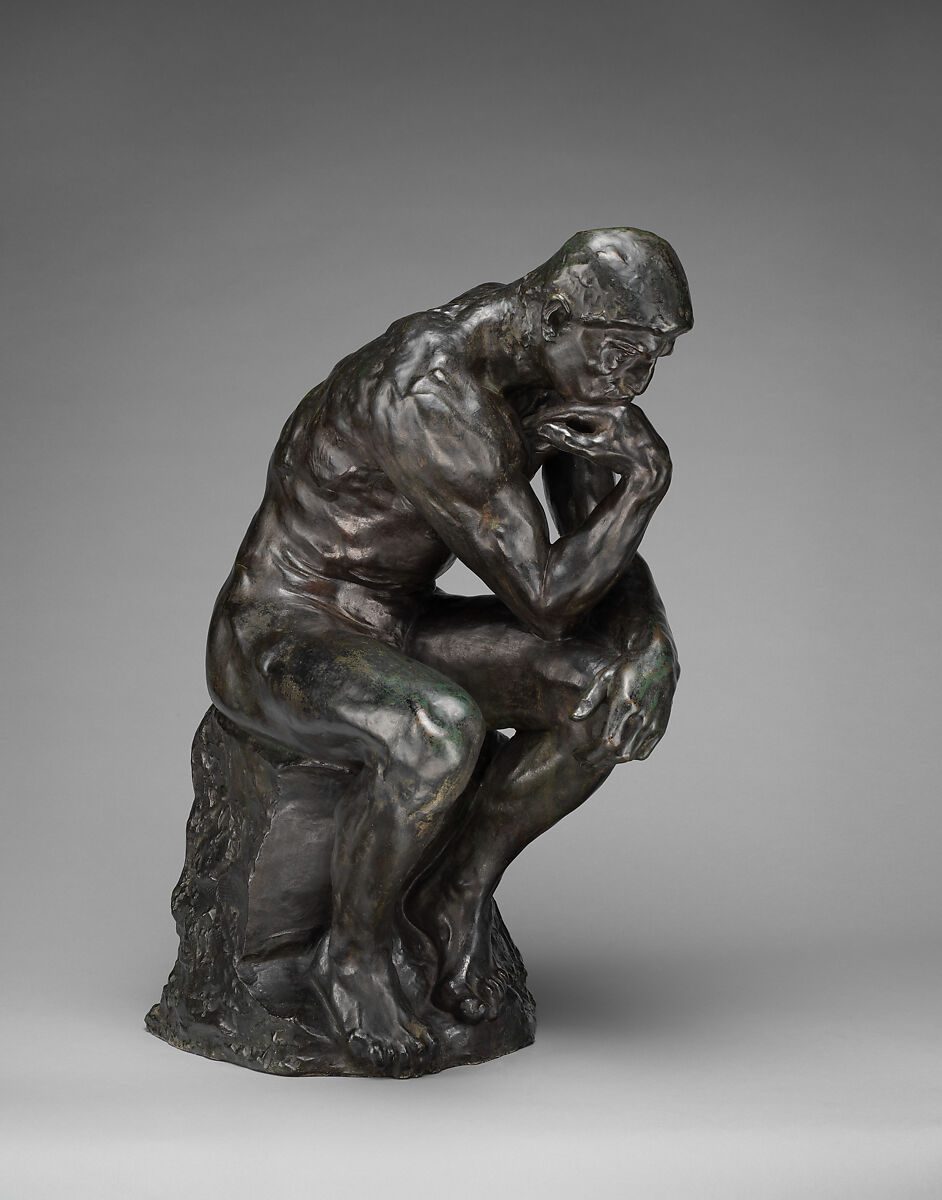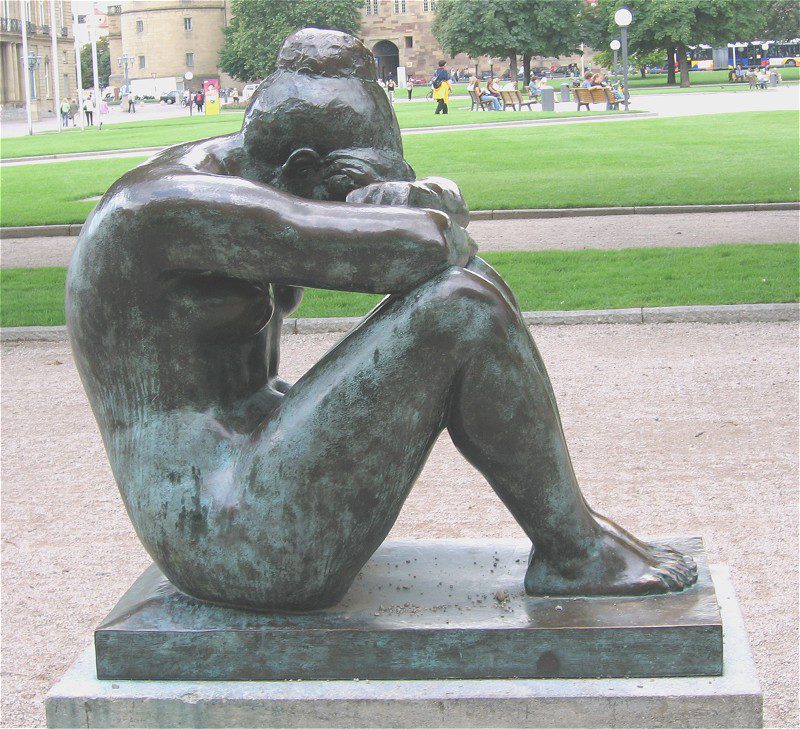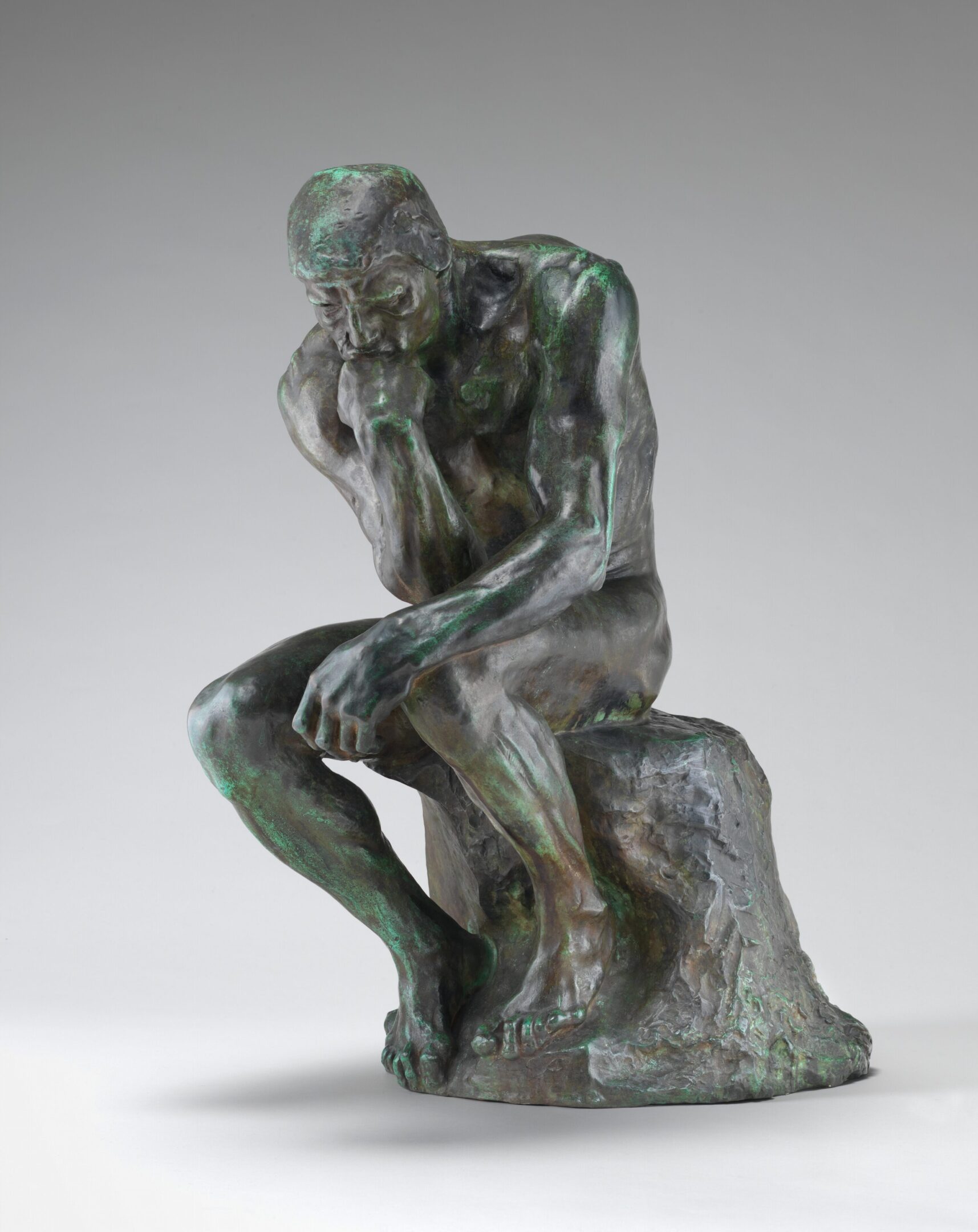Expressionism Bronze Sculptures 1850-1910
Expressionist bronze sculptures from 1850 to 1910 marked a shift toward emotional intensity, psychological depth, and raw, often distorted forms. Rather than striving for classical beauty or realism, artists focused on conveying inner experience and human vulnerability. Pioneers like Auguste Rodin—whose works such as The Burghers of Calais and The Gates of Hell exemplify this shift—used bronze’s malleability to create textured, dynamic surfaces that seemed to breathe with anguish, passion, or contemplation.
These sculptures often featured exaggerated gestures and rough finishes, evoking mood over detail. Expressionist bronze sculpture from this era laid the groundwork for modernist exploration, using form not just to represent the world, but to feel it.



